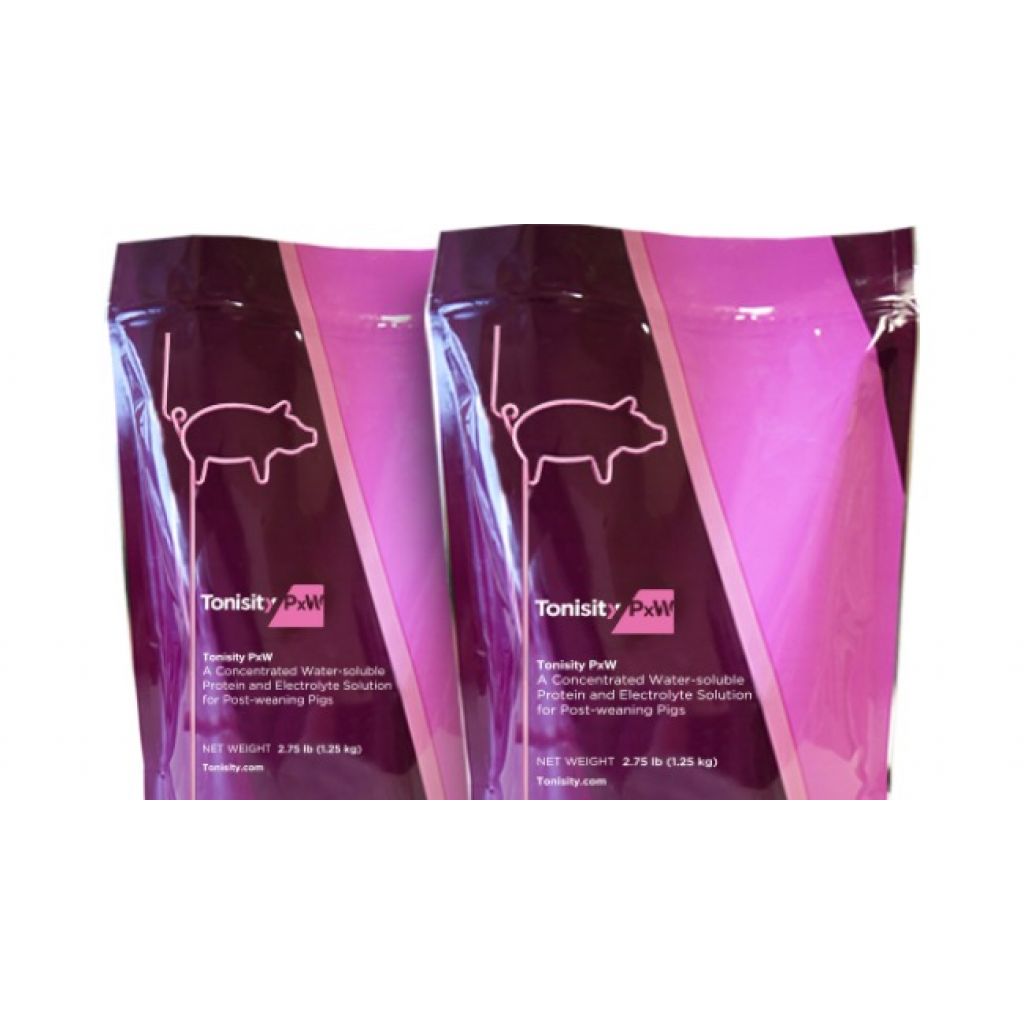Supplement, Don’t Substitute: The Vital Role of Sow’s Milk for Piglets
The Importance of Mammary Development for Female Productivity:
Mammary growth is a crucial determinant for the milk production capacity of sows. The composition of mammary tissue shifts from high lipid content to high protein content between early and late gestation (Ji et al., 2006). This transition is associated with increased concentrations of mammogenic hormones such as estrogen, relaxin, and prolactin. Mammary development continues during lactation, with the weight of suckled mammary glands increasing by 57% between days 5 and 21 of lactation, peaking between weeks 2 and 4 (Hurley, 2001). Primiparous sows show greater mammary development than those in subsequent parities (Beyer et al., 1994).
Mammary Involution: How and Why Does It Occur?
Suckled mammary glands undergo significant changes within the first 7 days post-weaning, with alterations starting as early as 2 days after weaning (Ford et al., 2003). Individual glands that are not regularly suckled during lactation undergo involution, becoming non-functional. This involution is reversible within 24 hours, but milk production will still be reduced for the remainder of lactation (Kim et al., 2001). After 3 days of non-suckling, involution becomes irreversible (Theil et al., 2005). Suckled glands remain larger and more developed for future lactations (Ford et al., 2003). A gland not suckled in the first parity will produce less milk in the second parity (Farmer et al., 2012).
Let's Talk About Milk Production in Sows:
Milk production in sows involves multiple phases: initiation, pre-ejection massage, milk ejection, post-ejection massage, and the end of nursing. The neuroendocrine milk ejection reflex, triggered by piglets' udder massage, leads to oxytocin release and milk ejection (Hartmann & Holmes, 1989). Cyclic nursing starts about 10 hours post-farrowing, reaching a maximum frequency around days 8-10 of lactation (Puppe & Tuchscherer, 2000). Both the frequency and intensity of nursing significantly impact milk production and piglet weight gain (Spinka et al., 1997; Auldist et al., 2000; Valros et al., 2002).

Consequences of Lack of Stimulation for Future Parties:
A mammary gland not suckled during the first parity shows impaired development and reduced milk production in the second parity. Farmer et al. (2012) demonstrated that piglets suckling previously unused teats weighed significantly less than those suckling previously used teats. Differences in piglet growth were noted as early as between days 2 and 4 of lactation, indicating a potential effect on colostrum production. Fraser et al. (1992) also found more pronounced weight differences during the first week of lactation.
Effects on Piglet Behavior:
Piglet behaviour is affected by the previous use of teats. Farmer et al. (2012) found that piglets suckling previously unused teats exhibited more aggressive behaviour, longer post-ejection phases, and higher incidences of missed nursings, indicating greater hunger and anxiety for milk. These behaviours were not observed later in lactation.
Large Litters and Milk Production: What Can Be Done?
Genetic selection for hyperprolificity has resulted in larger litters, often exceeding the sow's nursing capacity. This leads to higher piglet mortality and greater birth weight variations (Foxcroft, 2012; Milligan et al., 2002). While milk replacers can help meet the nutritional needs of piglets in large litters, they do not fully replicate the benefits of sow milk. Studies show higher expression of pro-inflammatory cytokines and digestive issues in piglets fed with milk replacers compared to those fed sow milk (Pieper et al., 2016).
Intestinal Development and Nutritional Supplementation in Piglets:
Supporting intestinal maturation is critical for piglet health and performance. Wang et al. (2018) highlighted the importance of enterocyte development for nutrient absorption and digestion. Tonisity Px, an isotonic proteic solution, enhances piglet health by providing balanced nutrients and electrolytes directly to intestinal cells. This promotes efficient hydration, improves intestinal villi integrity and size, and consequently nutrient absorption, resulting in healthier piglets with better growth and fewer digestive problems.

Conclusion:
Allowing piglets to consume sow’s milk, particularly during the first week of life, is vital for immediate nutritional needs and has long-term effects on the sow’s milk production capacity and the health of subsequent litters. Milk replacers, while useful, cannot fully substitute the benefits of maternal milk. Therefore, prioritising sow's milk during the initial days postpartum with a tool like Tonisity Px to support intestinal maturation is essential for optimal growth and development in piglets and for maintaining the productivity of sows in future lactations.
Contact:
Contact us using the following form.




